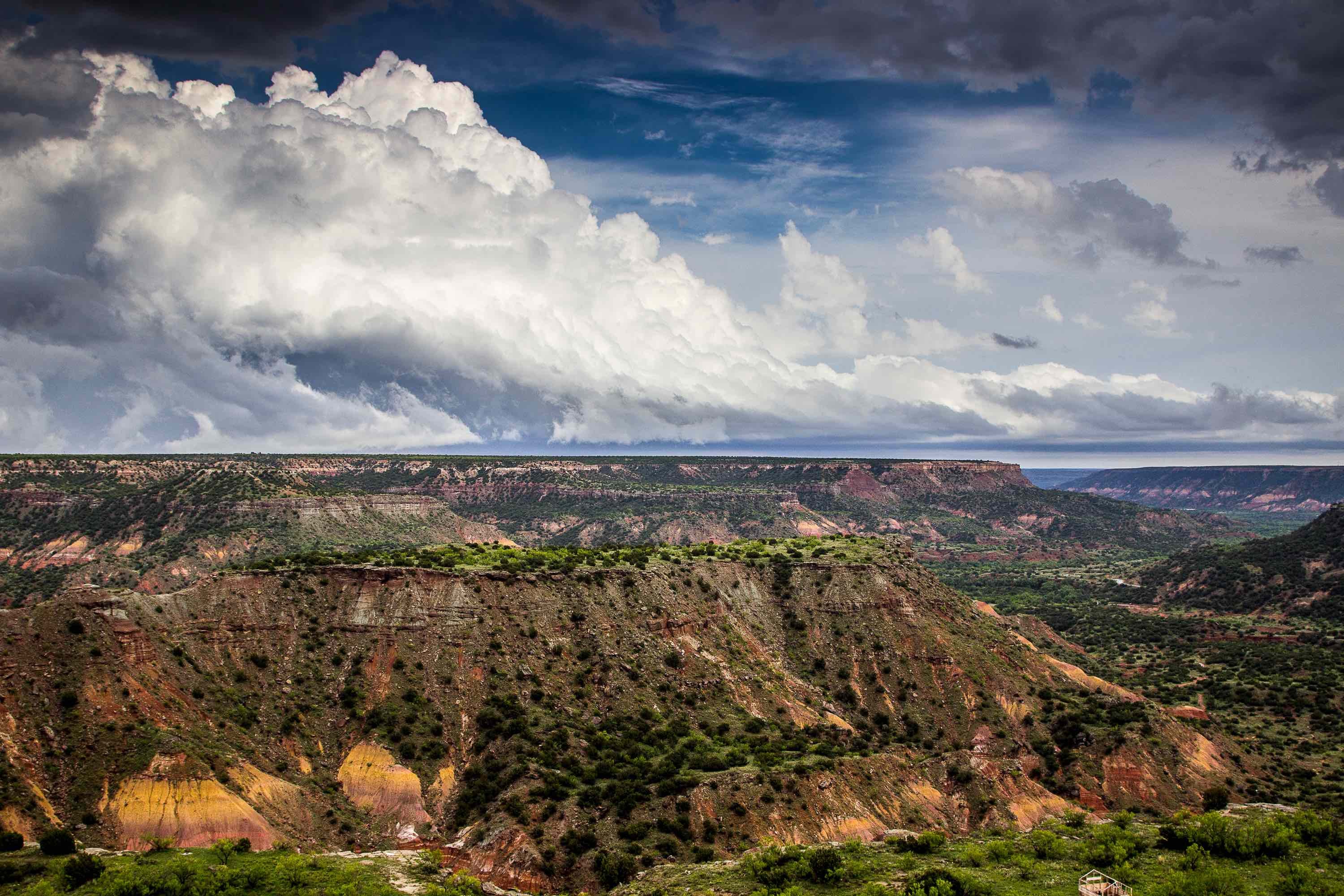How Do You Know If You Have A Pipeline Leak?
Leaks often give off signs that you can see, hear, and smell. Here are a few of the common indicators the pipeline may be leaking:
- A section of the pipeline may have dead vegetation around it.
- A puddle of liquid or stains may appear below the pipeline.
- A mist or vapor cloud may hang in the air above and around the pipeline.
- You may smell an unusual odor coming from the pipeline.
- You may hear a hissing or roaring noise coming from the pipeline.
If you suspect there is a leak, you need to take immediate steps to deal with the direct consequences of the leak.
Immediate Steps
Don't approach the area around the leak. If you are already there, leave the area immediately. Most materials sent through pipelines are flammable, explosive and produce hazardous fumes.
Determine who to call. It is a safe bet to call 911 or the local authorities immediately. They can assess the immediate danger and take action to contain the leak. It is also important to call the pipeline owner or the lease operator immediately. They need to start taking action to clean up the leak and repair the pipeline. That information should be posted on the pipeline right-of-way market.
The Next Steps
After the immediate situation is handled, you need to take other steps to handle any damage done by the leak.
- Determine whose responsibility it is to clean up the leak. This is often the pipeline owner or the lease operator. Make sure you know who it is and who the EPA is holding responsible.
- Stay on top of the situation. The entity responsible for the clean-up should start taking action in a timely manner. If not, find out when they will be handling the situation.
- Make sure they do the clean-up properly. Simply coming in and fixing the leak is not enough. The crew should take samples from the ground and determine the depth and concentration of the leak. The groundwater should be tested if the leak was long-term.
- Is your property condition restored to its previous state? This means that the ground under the pipeline is as uncontaminated as it was before the leak. It also means the groundwater below is free of contamination.
If you need help to determine if a pipeline leak has done damage to your property, give us a call here at Talon/LPE. We are the leading environmental drilling company in Texas and surrounding states.


